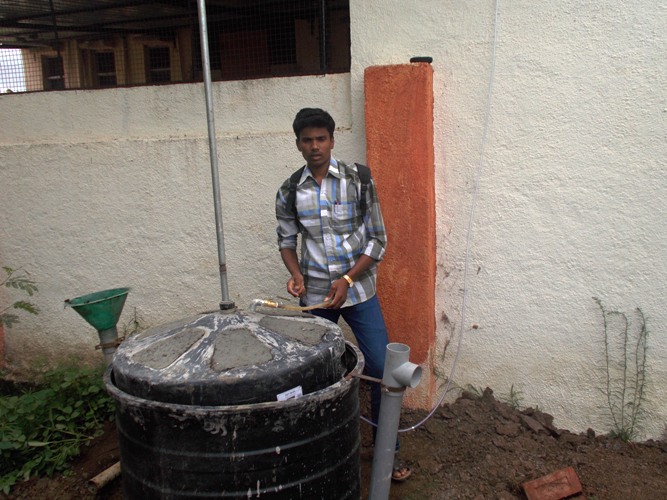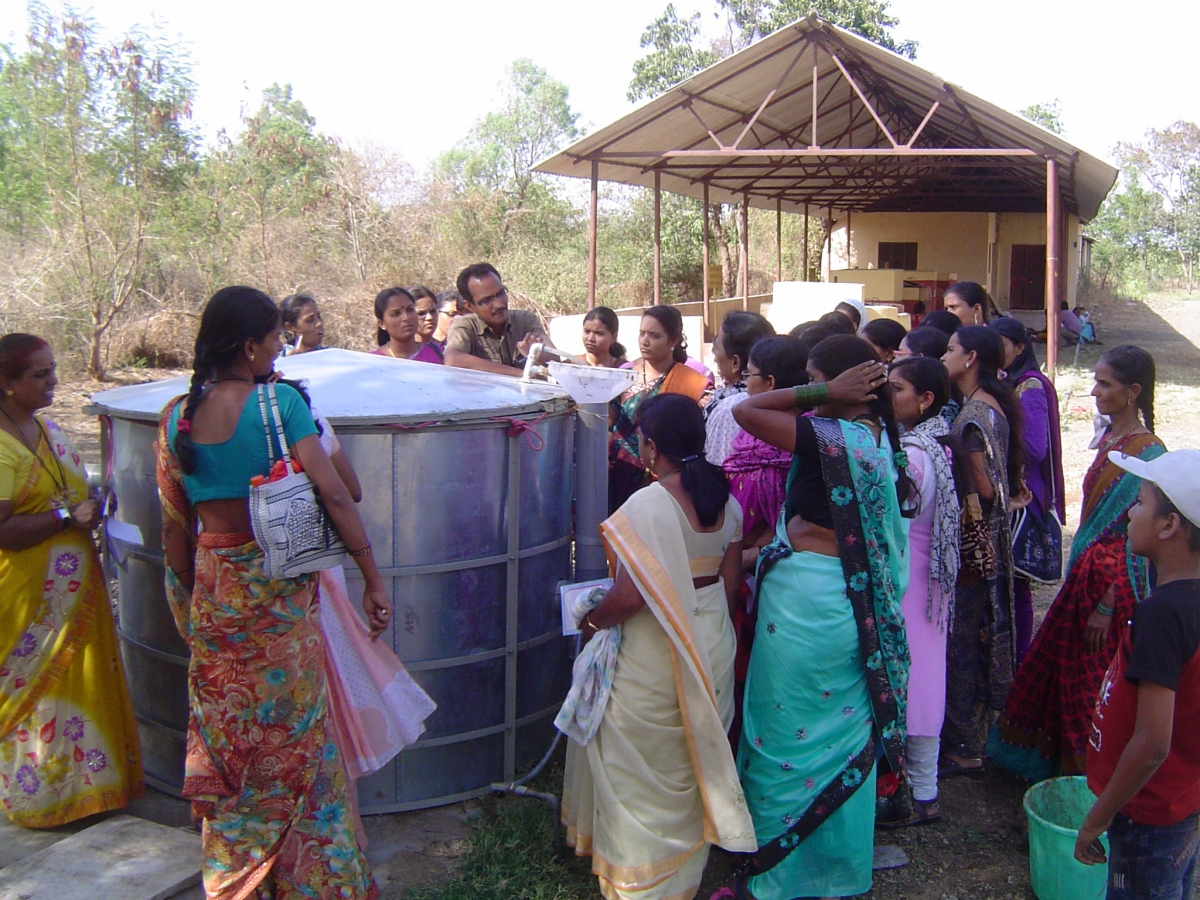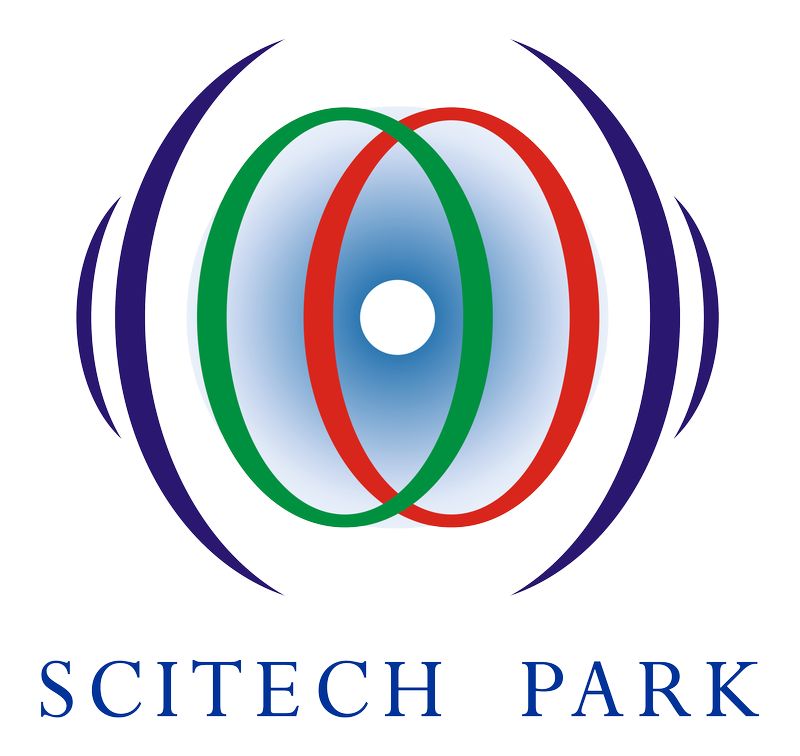SOLAR THERMAL
Solar Cooking
A solar cooker is a device which uses the energy of direct sunlight to heat, cook or pasteurize food or drink. Many solar cookers presently in use are relatively inexpensive, low-tech devices, although some are as powerful or as expensive as traditional stoves, and advanced, large-scale solar cookers can cook for hundreds of people. Because they use no fuel and cost nothing to operate, many nonprofit organizations are promoting their use worldwide in order to help reduce fuel costs (for low-income people) and air pollution, and to slow down the deforestation and desertification caused by gathering firewood for cooking. Solar cooking is a form of outdoor cooking.
Many types of solar cookers exist, including parabolic solar cookers, solar ovens, and panel cookers, among others, but the most common are:
A. Box Type
A box cooker has a transparent glass or plastic top, and it may have additional reflectors to concentrate sunlight into the box. The top can usually be removed to allow dark pots containing food to be placed inside. One or more reflectors of shiny metal or foil-lined material may be positioned to bounce extra light into the interior of the oven chamber. Cooking containers and the inside bottom of the cooker are dark-colored or black. Inside walls should be reflective to reduce radiative heat loss and bounce the light towards the pots and the dark bottom, which is in contact with the pots. The box should have insulated sides. Thermal insulation for the solar box cooker must be able to withstand temperatures up to 150°C (300 °F) without melting or out-gassing. Crumpled newspaper, wool, rags, dry grass, sheets of cardboard, etc. can be used to insulate the walls of the cooker. Metal pots and/or bottom trays can be darkened either with flat-black spray paint (one that is non-toxic when warmed), black tempera paint, or soot from a fire. The solar box cooker typically reaches a temperature of 150 °C (300 °F). This is not as hot as a standard oven, but still enough to cook food over a somewhat longer period of time.
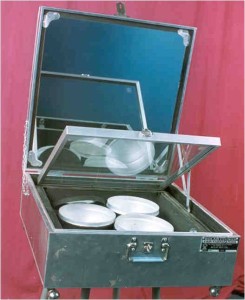
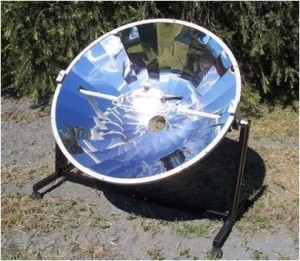
B. Parabolic Concentrator
Parabola has the property of bringing parallel rays of light (such as sunlight) to a point focus. If the axis of symmetry is aimed at the sun, any object that is located at the focus receives highly concentrated sunlight, and therefore becomes very hot. This is the basis for the use of this kind of reflector for solar cooking.
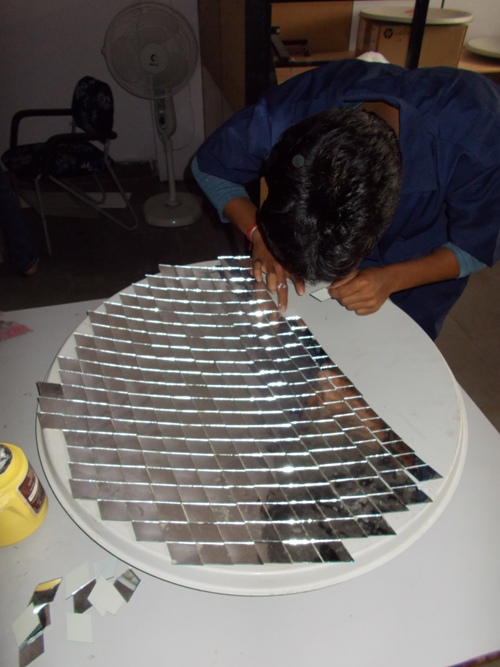

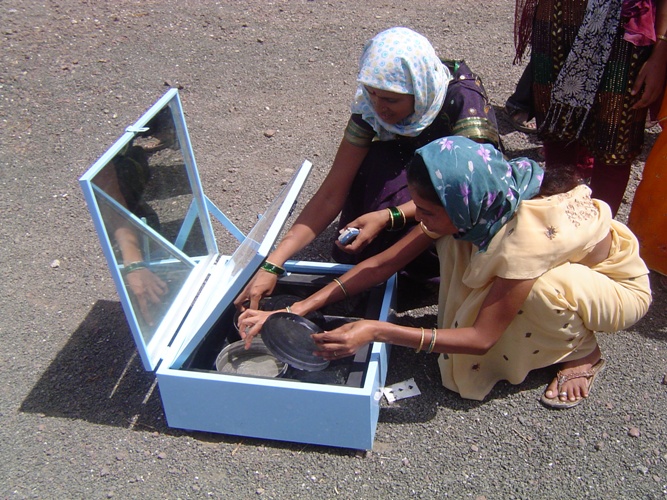
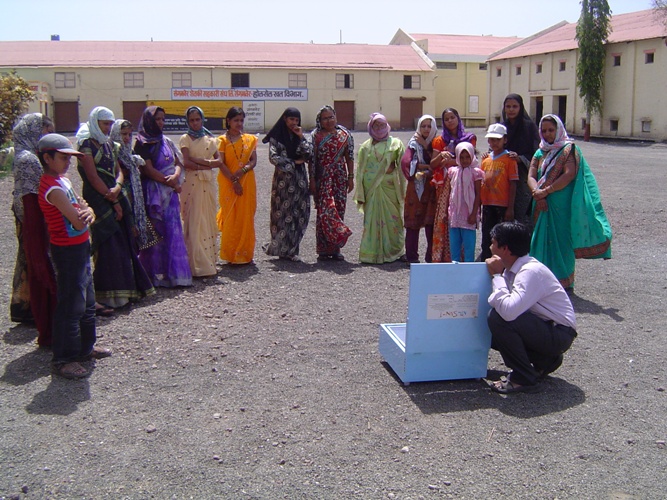
Solar Water Heaters
Solar water heating is now a mature technology. Wide spread utilization of solar water heaters can reduce a significant portion of the conventional energy being used for heating water in homes, factories and other commercial and institutional establishments. Internationally the market for solar water heaters has expanded significantly during the last decade.
Solar water heating systems use the solar radiation incident on the surface of the earth for heating water, required for various day-to-day activities.
A solar water heater consists of a collector to collect solar energy and an insulated storage tank to store hot water. The solar energy incident on the absorber panel coated with selected coating transfers the heat to the riser pipes underneath the absorber panel. The water passing through the riser gets heated up and is delivered to the storage tank. The re-circulation of the same water through absorber panel in the collector raises the temperature to 80°C (Maximum) in a good sunny day. The total system with solar collector, storage tank and pipelines is called solar hot water system.
Broadly, the solar water heating systems are of two types:
A. Flat Plate Collectors (FPC) based Solar Water Heaters
The solar radiation is absorbed by Flat Plate Collectors which consist of an insulated outer metallic box covered on the top with glass sheet. Inside there are blackened metallic absorber (selectively coated) sheets with built in channels or riser tubes to carry water. The absorber absorbs the solar radiation and transfers the heat to the flowing water.
B. Evacuated Tube Collectors (ETC) based Solar Water Heaters
Evacuated Tube Collector is made of double layer borosilicate glass tubes evacuated for providing insulation. The outer wall of the inner tube is coated with selective absorbing material. This helps absorption of solar radiation and transfers the heat to the water which flows through the inner tube.
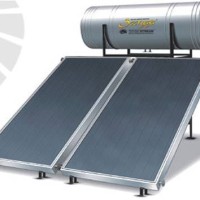

Solar Photovoltaic
Solar Photovoltaics (PV) is a method of generating electrical power by converting sunlight into direct current electricity using semiconducting materials that exhibit the photovoltaic effect. A photovoltaic system employs solar panels composed of a number of solar cells to supply usable solar power. Power generation from solar PV has long been seen as a clean sustainable energy technology which draws upon the planet’s most plentiful and widely distributed renewable energy source – the sun.

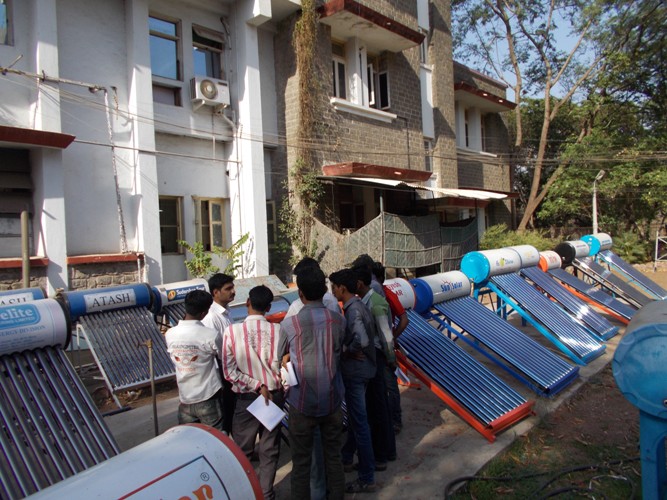
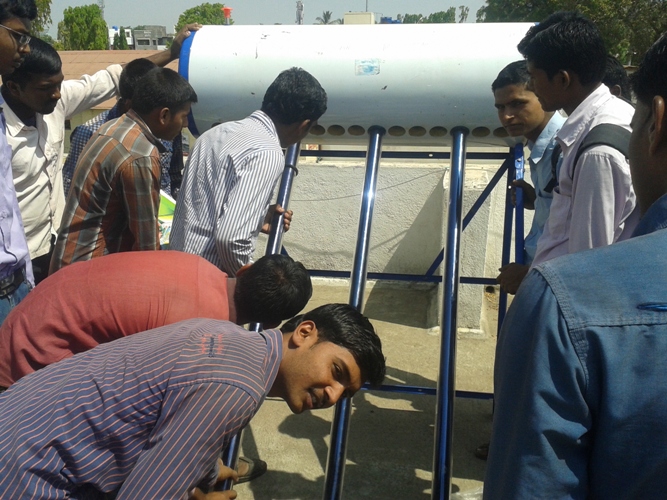
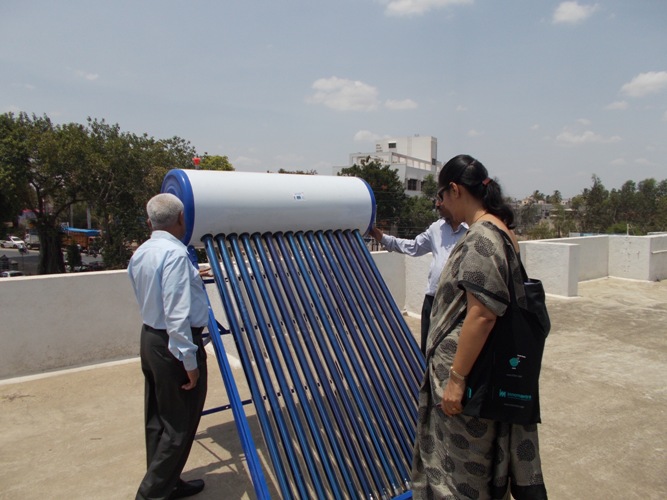
Solar Photovoltaic Panel Assembly
Solar Street LIght
Assembly, repair and maintenance of Solar Street Light was conducted in-house as well as in association with Solar Energy Development & Promotion Organization – SEDOP
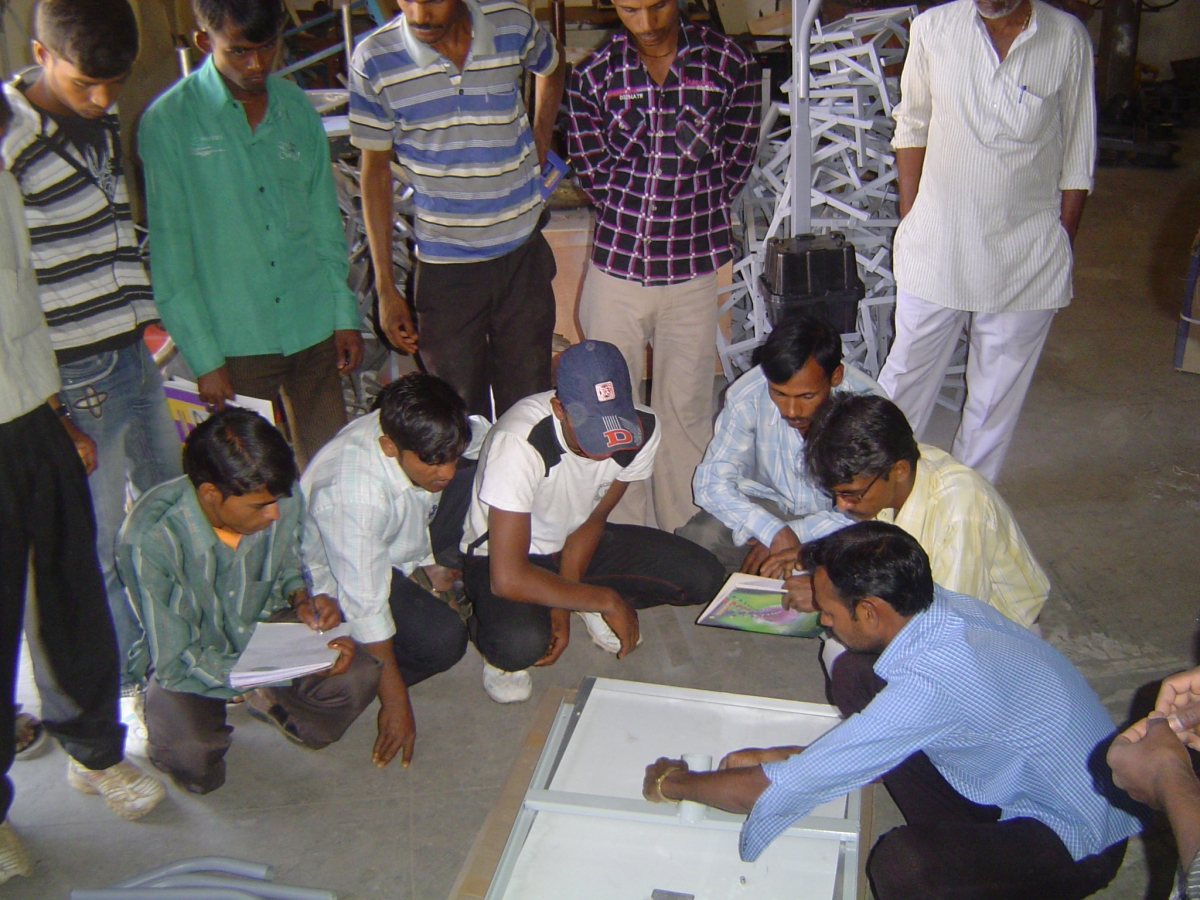
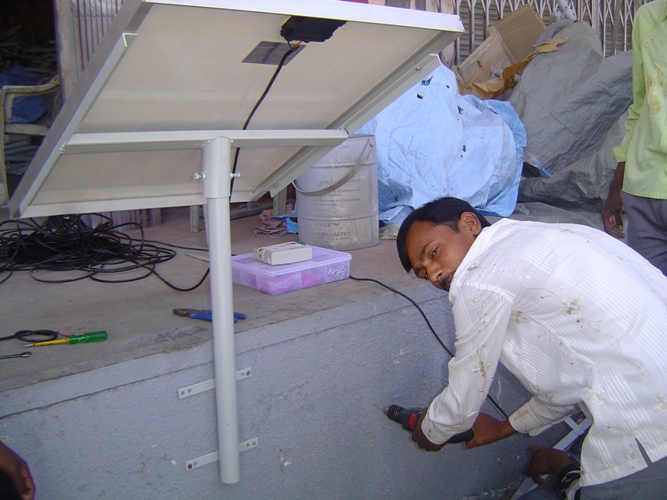

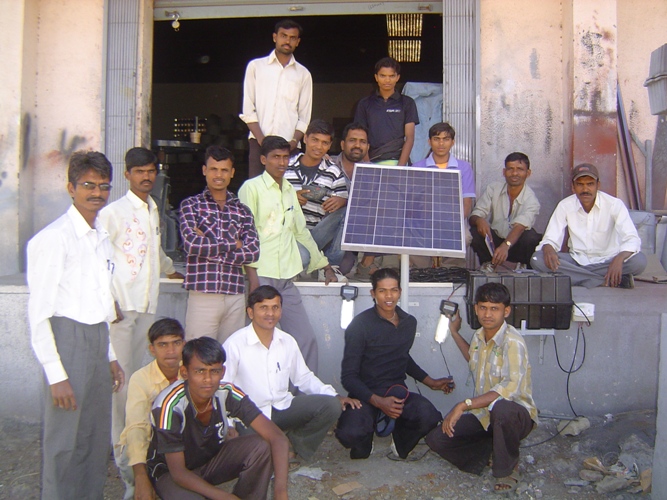

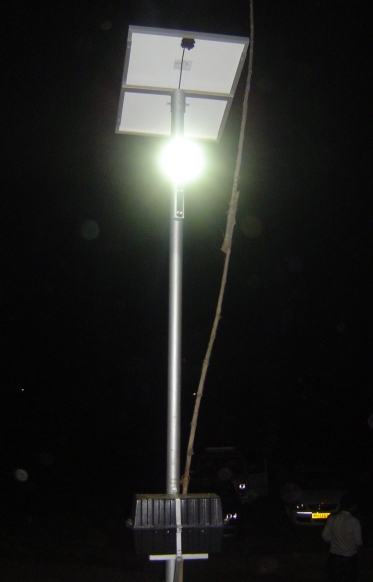
Solar Photovoltaic Panel Assembly
Solar LED Lamps
Various solar lamps assembly, repair and maintenance was conducted in-house
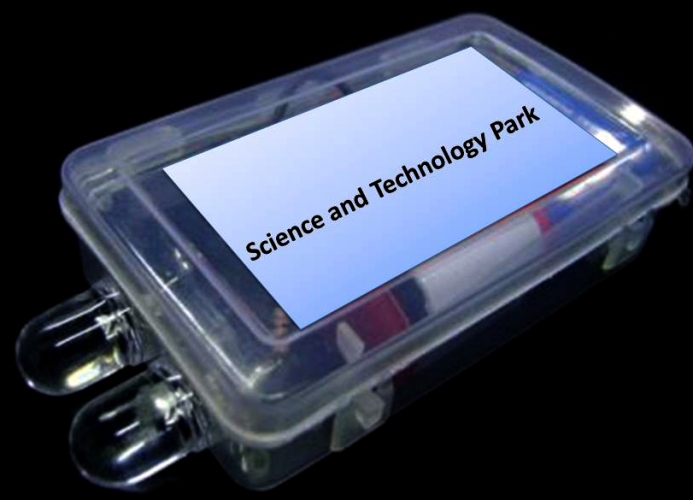



BIOMASS ENERGY
Biomass Pelleting
Briquetting/pelleting is a way to convert loose biomass residues, such as sawdust, straw or rice husk, into high density solid fuel using machines which compress the biomass. Biomass briquettes/pellets replace fossil fuels or wood for cooking and industrial processes. They are cleaner and easier to handle, and cut greenhouse gas emissions.
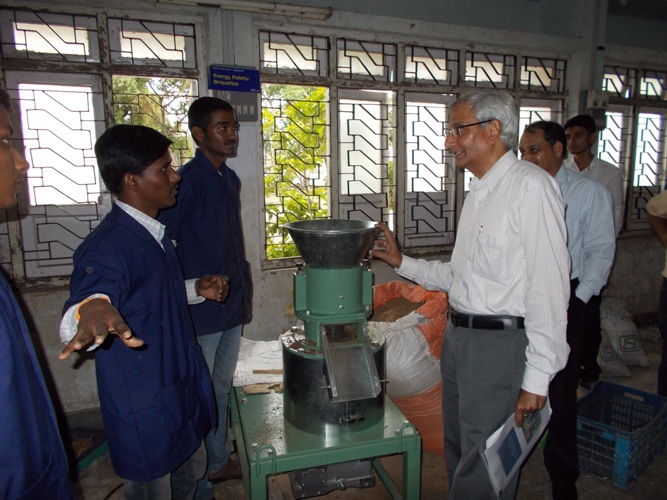

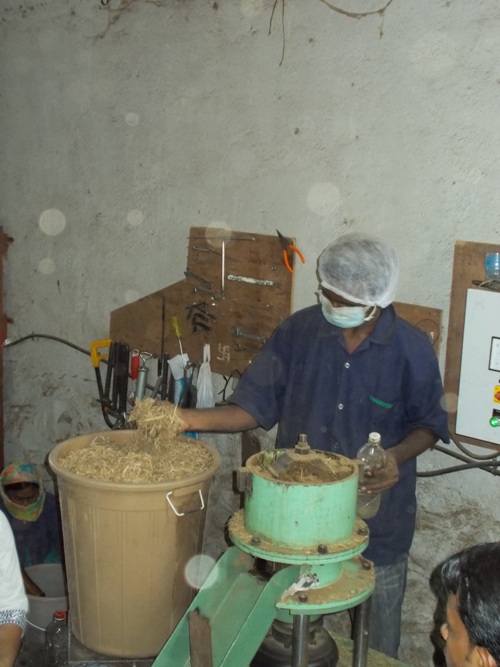
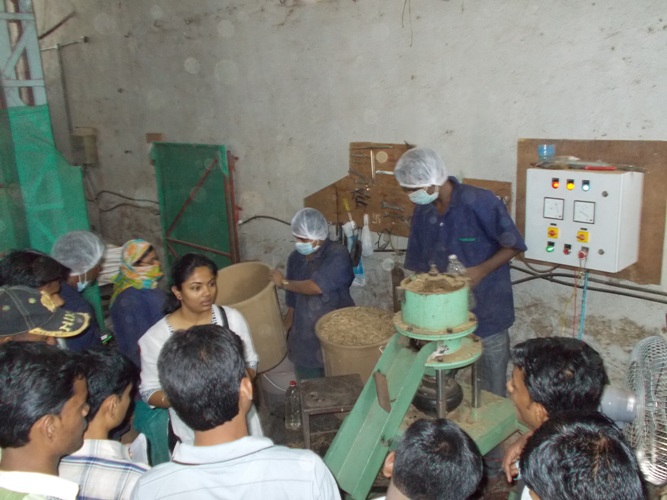
Biomass Energy Efficient Stoves
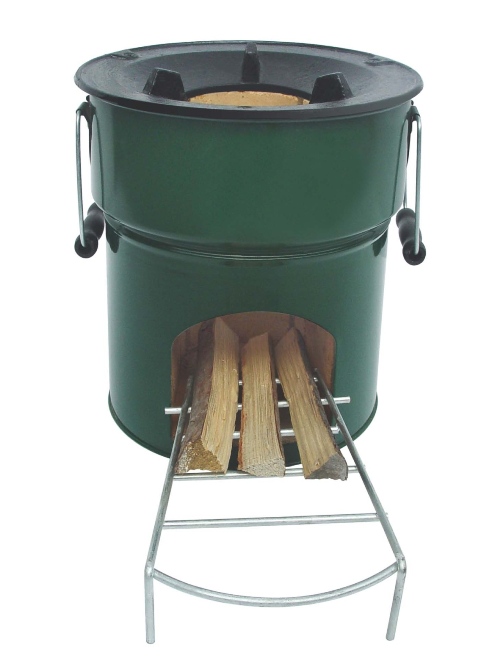

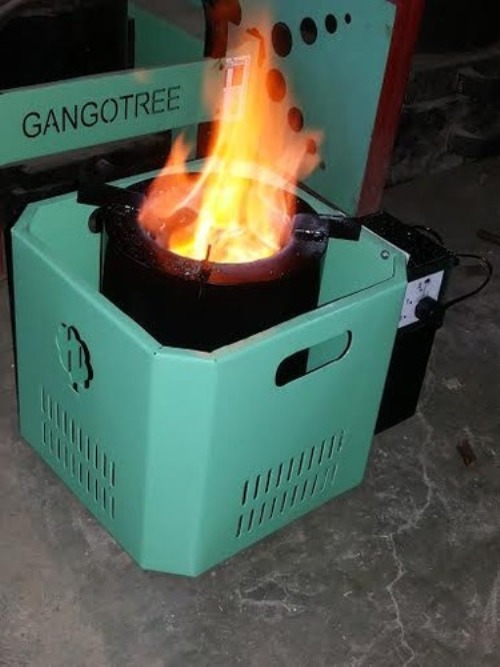

Biogas
